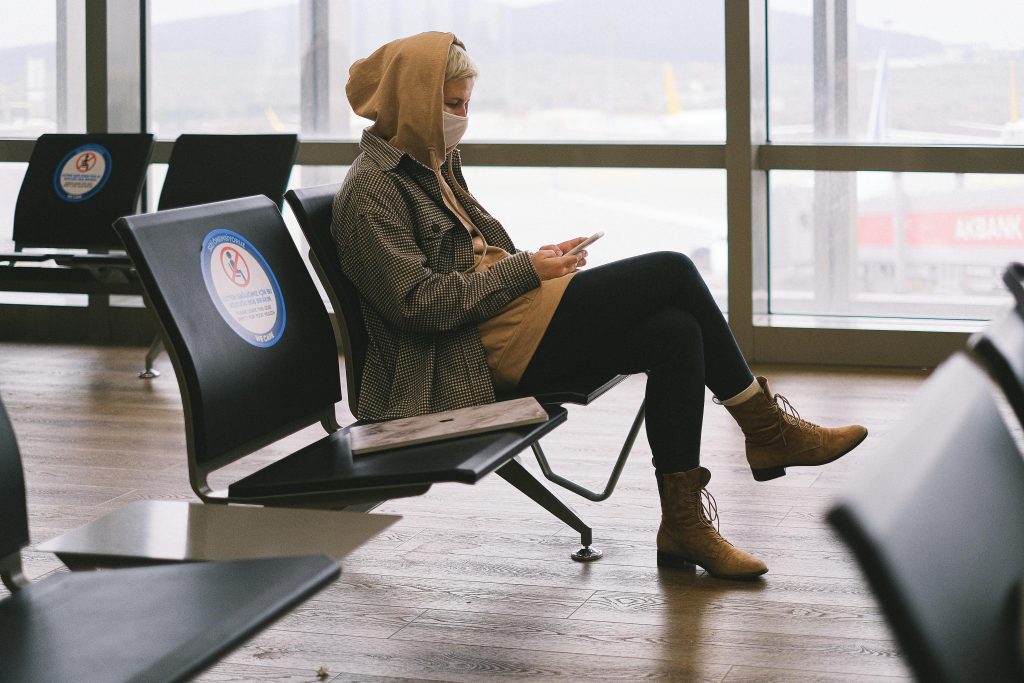Travel delays, overnight layovers, and long connections are all part of flying. When you’re stuck in an airport for hours or overnight, one big question often comes to mind: Can you sleep at the airport? The short answer is yes—many travelers do it every day. However, your experience can vary depending on the airport, your travel itinerary, and your preparation. This article covers everything you need to know about sleeping in airports, from safety and comfort tips to rules you should be aware of.
Is It Legal to Sleep at the Airport?
In most cases, yes. Many major airports around the world allow travelers to stay overnight or nap in the terminals, especially if you have a valid boarding pass or a connecting flight. Some airports even have designated rest areas or sleeping pods for this very purpose.
However, airport policies vary. A few airports may close overnight, require you to go through security again, or even ask you to leave if you’re not flying out the same day. It’s always best to check the airport’s official website or call ahead to confirm.
Reasons You Might Need to Sleep at the Airport

Sleeping at the airport can happen for several reasons, including:
- Flight Delays or Cancellations: Bad weather or airline issues can leave you stranded overnight.
- Overnight Layovers: You may have a connecting flight early the next morning and decide it’s easier (and cheaper) to stay in the terminal.
- Budget Travel: Some travelers skip hotels altogether to save money.
- Early Morning Departures: Sleeping near your gate means you won’t risk missing an early flight.
Is It Safe to Sleep at the Airport?
In general, sleeping at airports is safe, especially in large international airports with security personnel, cameras, and other travelers around. Still, you should always take precautions:
- Keep your valuables close and secure. Use your backpack as a pillow or lock your bag to your seat.
- Sleep in well-lit, populated areas. Avoid empty, dark corners.
- If you’re traveling alone, try to sleep near others for added safety.
- Some airports have 24/7 security patrols—if you’re unsure, ask a staff member where it’s safe to rest.
Best Airports for Sleeping

Some airports are famous for being sleep-friendly. They offer reclining chairs, sleeping zones, or even full-on nap lounges. Here are a few examples:
- Singapore Changi (SIN): Offers free sleeping lounges, quiet zones, and even a movie theater.
- Amsterdam Schiphol (AMS): Has dedicated rest areas with padded seating and sleeping pods.
- Helsinki Airport (HEL): Known for clean, quiet spaces and free rest zones.
- Doha Hamad International (DOH): Offers sleep pods and reclining seats in quiet corners.
- Seoul Incheon (ICN): Features padded benches, free showers, and relaxation lounges.
These airports tend to cater to international travelers and are designed to make long layovers more comfortable.
Worst Airports for Sleeping
Not all airports are equal when it comes to overnight stays. Some are known for loud announcements, limited seating, and strict policies. Travelers often complain about:
- Paris Beauvais (BVA): Closes overnight—sleeping inside is not allowed.
- London Luton (LTN): Limited seating and loud cleaning staff at night.
- New York LaGuardia (LGA): Older terminals with few comfortable spots to rest.
- Manila NAIA (MNL): Crowded and noisy, with limited comfortable seating.
If you’re flying through one of these airports and have an overnight layover, it may be worth booking a hotel nearby.
How to Prepare for Sleeping at the Airport
If you know ahead of time that you’ll be spending the night at the airport, here’s what to bring for the most comfortable experience:
- Neck Pillow or Inflatable Pillow: Essential for sleeping upright or on a bench.
- Blanket or Travel Sheet: Terminals can get cold, even in summer.
- Eye Mask and Earplugs: Bright lights and noisy announcements can ruin your sleep.
- Portable Charger: To keep your phone powered while you rest.
- Snacks and Water: Not all airport shops are open 24/7.
- Toiletries: Toothbrush, face wipes, and deodorant help you feel fresh the next day.
Tips for a Better Airport Sleep
- Find the Right Spot: Look for carpeted areas, benches without armrests, or designated quiet zones.
- Sleep Near Other Travelers: Solo travelers often feel safer when surrounded by others.
- Use Luggage for Protection: Wrap a strap around your arm or leg to prevent theft.
- Set an Alarm: You don’t want to oversleep and miss your flight.
- Ask Airport Staff for Advice: They can point you to sleep-friendly areas or let you know where it’s safe.
Are There Sleeping Facilities at Airports?
Many modern airports have sleeping pods, transit hotels, or lounges you can pay to use:
- Sleeping Pods: Small, private capsules available by the hour. Great for short naps.
- Airport Hotels: Some are inside the terminal or just a short walk away.
- Airline Lounges: If you have lounge access or buy a day pass, you can often find quiet seating and sometimes even showers and beds.
Sleeping facilities are ideal if you’re concerned about security, need to shower, or want a bit more comfort than terminal benches.
What About During a Layover?
You may wonder, can you leave the airport during a layover instead of sleeping there? The answer depends on the country’s entry rules, the time you have between flights, and whether you need a visa. For layovers longer than 8 hours, leaving the airport to explore or check into a hotel may be worth it. But for shorter layovers, sleeping inside the terminal is usually the most practical option.
Alternatives to Sleeping at the Airport
If you’re not comfortable sleeping in public spaces or the airport doesn’t allow overnight stays, consider:
- Booking a Nearby Hotel: Many offer free shuttle service to and from the airport.
- Staying in the Lounge: Pay-per-use lounges often allow longer stays overnight.
- Using a Sleep Pod: Ideal for shorter naps if you don’t need a full hotel room.
- Exploring the City (Time Permitting): Just be mindful of customs rules and the time needed to get back.
Final Thoughts
So, can you sleep at the airport? Absolutely. While it may not be the most luxurious night of rest, with the right preparation and knowledge, you can make it a safe and even comfortable experience. Whether you’re a budget traveler or someone facing a long layover, sleeping at the airport can be a smart choice. Just check your airport’s rules, stay alert, and bring a few key items to help you rest better.
If you’re asking can you leave the airport during a layover instead, that’s another valid option—but it comes with its own set of challenges. When time, visas, or convenience are an issue, catching some sleep in the terminal might be your best bet.
